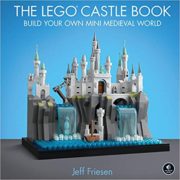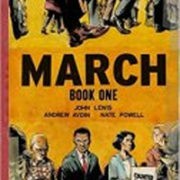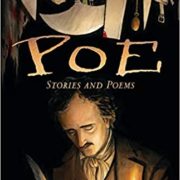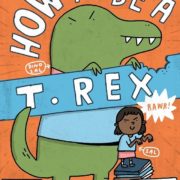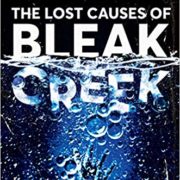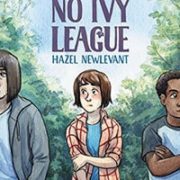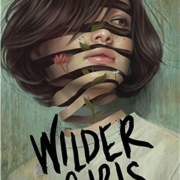What the Night Sings by Vesper Stamper
Book review by Beth Snow
Coming of age stories are the bread and butter of books written for teen audiences. They appear in a wide variety of formats, both fiction and non-fiction. Like people, they come in all shapes and sizes–which makes it more likely that readers will find a story that fits. For teens trying to find their place in the world, it can make all the difference. Today’s title is more than just historical fiction or an object lesson; it describes a painful path to identity.
In What the Night Sings, author Vesper Stamper raises and answers the question, “When all is stripped away, who am I?” Through her main character, Gerta Richter, she shows (in words and images) what remains of identity after a harrowing journey. Teenage Gerta lived a life sheltered in beautiful music and in her father’s love until the Nazis came one night and put them in a cattle car bound for a concentration camp. Only when her father’s story unfolded on the train ride, did Gerta learn she was Jewish and living under a false name. From that point on, she’s immersed in the horrors of the Holocaust surviving through luck and her skill with her father’s viola. Barely alive at the end of the war, Gerta begins the long road to recovery at a refugee camp where she meets other survivors–each with their own physical and emotional scars, each facing decisions about the future. At 16, she must learn who she is and carve a path for herself in a world utterly, irrevocably changed.
Let’s stop there, because plot summary doesn’t begin to tell the story. Stamper unfolds Gerta’s tale of pain and discovery using carefully crafted prose–just enough detail to be effective without offering more than what is needed. She crafts an outline on which readers can hang their imaginations, filling in Gerta’s experience: “The train screeches, slows, whines. The clacking tempo decreases until we stop. A rush of wind blows through the two small windows. It smells of a sweetish smoke. It is not wood smoke.” Although Stamper uses few words (the entire book including multiple supplemental sections reaches only 266 pages), it’s enough to create rich, believable characters. It’s also enough to convey the research behind this well-written historical fiction. Gerta’s emotions feel authentic, immediate, a realistic response to the specific nightmares of Theresienstadt and Auschwitz.
There’s a sparse beauty in Stamper’s text and in the black-and-white, ink wash illustrations found throughout. Whether a small, corner work or a full, two-page spread, her art is both ethereal and very much grounded in reality. (Pages 198-99 are a fantastic example!) Images and story mesh perfectly, bringing Gerta’s journey to life and deepening the reader’s experience.
What sets this book apart from the greater body of Holocaust fiction is its timeline. The main narrative doesn’t end with the Nazi defeat. Instead, it tackles the immense question of “What happens afterward?” As was the case for millions after World War II, Gerta’s life does not immediately return to prosperity or joy because bombs stopped dropping and concentration camps were liberated. Stamper unflinchingly describes the situation faced by survivors–disease, malnutrition, poverty, housing shortages, physical and emotional scars, the search for loved ones, rampant anti-Semitism, reclamation of identity. Perhaps it’s possible that hope can return to Gerta, that she can truly live instead of merely survive: “Everyone has come and gone, piles of shells pulled in and out of waves, and I’m still here, a skeleton of a sea creature, dropped in this tide pool, living, watching, still living.”
Be sure to read What the Night Sings cover to cover. The supplemental materials after the story round out the book and offer richer reading. The author provides hand-drawn maps of the book’s settings along with a glossary, pronunciation guide, and brief list of related resources. To get a true feeling of how music intertwined with the characters, try listening to the selections mentioned in the book; a list is included with the other resources. Most importantly, read the “Author’s Note” for a powerful view of Vesta Stamper’s moving, challenging journey of discovery as she created this story.
This memorable work was a finalist for the American Library Association’s 2019 William C. Morris YA Debut Award which honors a book published by a first-time author writing for teens and celebrates impressive new voices in young adult literature. This is an amazing book, award or no. Read it because it’s beautiful, powerful, important, and Velveteen Rabbit real. It’s great for teens (and adults) who are ready for Holocaust and coming of age material; be prepared for discussion opportunities on a variety of topics. I greatly enjoyed this title and hope you do, too.

